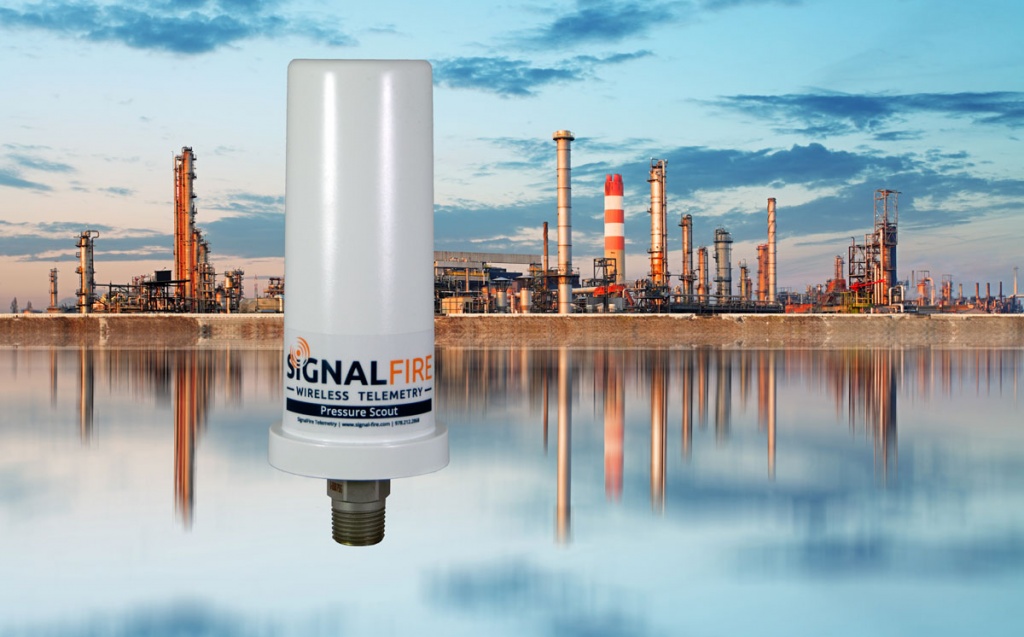The Trend Towards Wireless Remote Monitoring Of Wellhead Tubing, Line and Casing Pressures
Oil and gas operators rely on the latest technology to monitor tubing and casing pressure for optimized well production. High and low-level alarms typically are used to provide alerts on untypical well behavior in avoiding overpressure events. Tracking operating parameters over time also helps determine the long-term well performance.
Traditionally, dial gauges were incorporated into wellhead monitoring schemes. While reliable and inexpensive, these local displays required manual intervention to record readings that were expensive when considering the cost of the truck, tools, and operator.
Next on the scene were wired monitoring and control systems that required running cable between the wellhead and a remote terminal unit (RTU). While reliable and automatic, wired systems require trenching and cabling. Wiring costs can range from $10 to $20 a foot, when calculating all costs, depending on the application. As a wellhead is typically not closely located to the RTU, a run can be a half mile or more.
Over the past decade, wireless sensor networks have gained popularity in the oil and gas field, especially for tubing and casing pressure monitoring. With no wiring or trenching requirements, installation costs are far less expensive than wired systems. Besides, wireless remote monitoring systems can be programmed to provide alarms to prevent spills and avoid equipment failure and damage. In many instances, mesh networking is used to gather tubing and casing pressure data from several wells. Also, wireless systems offer a unique benefit during workovers as wireless sensors can be easily removed and reinstalled without having to equip them with new seals and conduit.
As wireless remote monitoring systems replace manual gauges and wired systems for monitoring different wellhead tubing, casing, and line pressures, SignalFire Wireless Telemetry has developed the Pressure Scout that integrates a wireless node, pressure sensor, and intrinsically safe internal battery into one package. By eliminating the need to specify and purchase a pressure sensor and wireless node separately, the Pressure Scout serves as a low-cost alternative to a conduit-wired or other wireless pressure monitoring solutions.
When used to monitor tubing, line, and casing pressures, the Pressure Scout reads pressure status according to a configured interval (every minute, every 5 minutes, etc.). It then reports results by providing a robust, long-range transmission to a SignalFire Gateway where the pressure data becomes available via a Modbus RTU or TCP interface. Using this data, operators can view and analyze current and long-term wellhead performance. Configurable for alarm reporting, the Pressure Scout provides more rapid notifications when the pressure sensor detects a reading outside of a set low or high threshold. The ability for the Pressure Scout to monitor pressure continuously and check in more rapidly to detect a violated threshold is critical for rapid alarming.
For additional information on the Pressure Scout, refer to the website at https://signal-fire.com/pressure-scout/ or download the video at https://www.youtube.com/watch?v=DLd_q7kF0tY .
0 Comments
Leave a reply
You must be logged in to post a comment.





